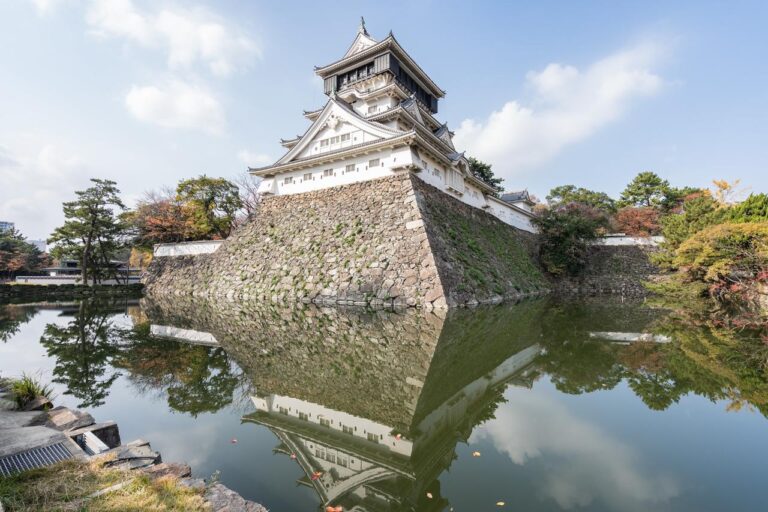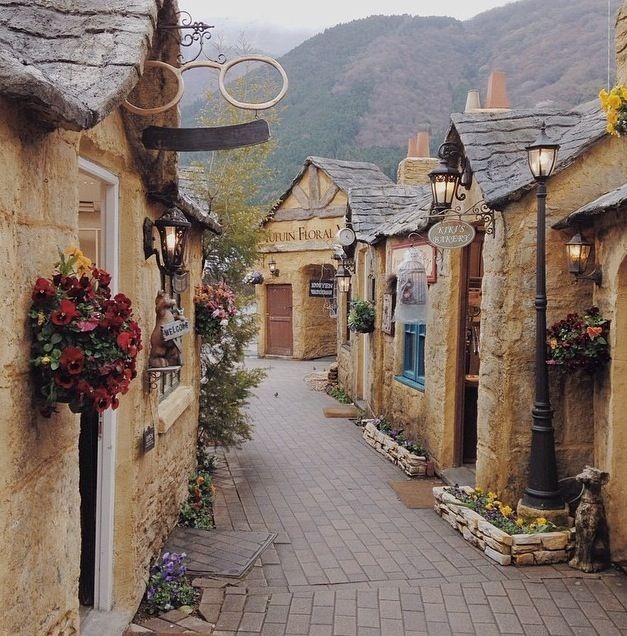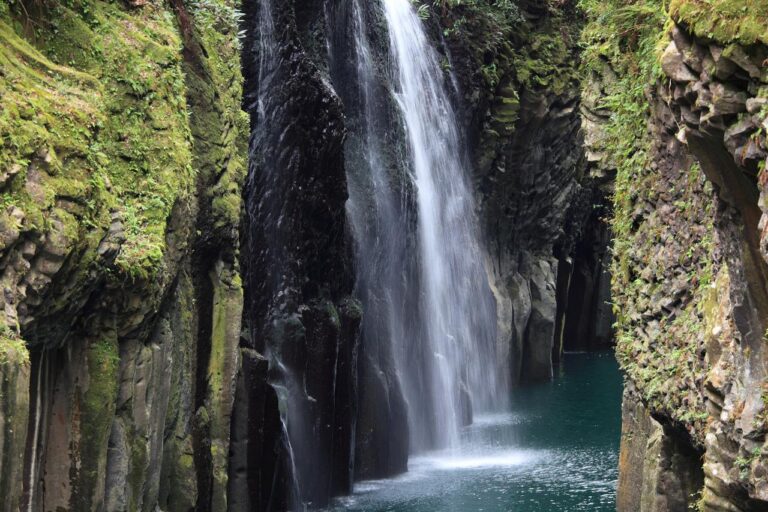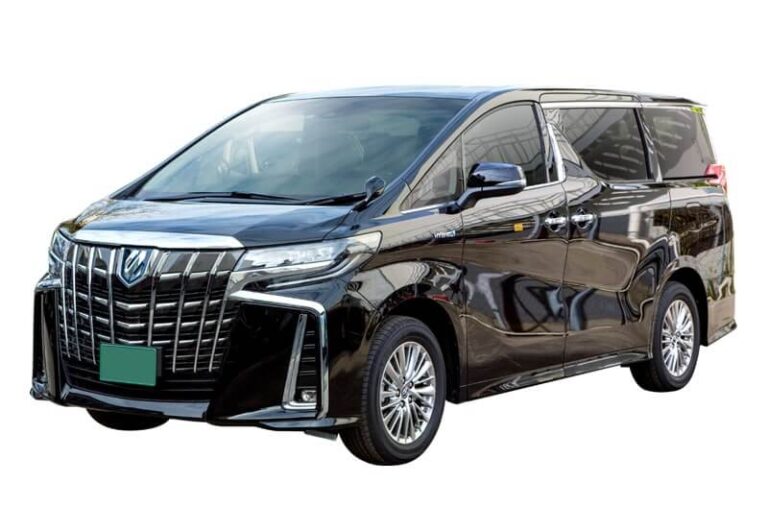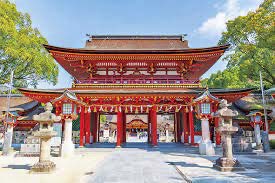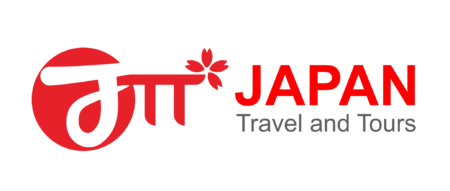Tour Duration: 9 days
Number of participants: Minimum 2 person, Maximum 30 person
Tour start and end place is Fukuoka
Day 1 - Welcome to Fukuoka, Yobuko, Imari, Nagasaki
When you arrive at Fukuoka International Airport, a representative from our company will welcome you. Following a brief introduction of the tour, your personalized tour in a private car will begin. Drive via Itoshima to go to Yobuko so you can take in the gorgeous Genkai sea views. Yobuko is a nearby fishing village well-known for its squid and fish morning market.
Lunch at a neighborhood eatery where you may savor fresh squid with a sweetness that melts in your mouth. The flesh of seafood that is still alive is served in the exquisitely prepared type of sashimi known as Ikezukuri. explore the Okawachiyama porcelain zone in Imari, a town famous for its porcelain with a 400-year history. At the moment, there are roughly 30 potteries producing Imari porcelain. After Imari, use the Nagasaki Expressway to get to Nagasaki.

Day 2 - Nagasaki
You will visit the Atomic Bomb Ground Zero after breakfast as well as the Peace Statue in Peace Park, which was built to pray for world peace. Investigating Dejima, a man-made island that served as a Dutch commerce harbor and a solely accessible route to Europe during Japan's seclusion during the Edo period, which lasted from 1641 to 1857. At that time, Dutch was used to bring numerous European technologies and civilizations to this country.
Lunch in one of the three largest Chinatowns in Japan; Chanpon and Sara-udon, which are regional specialties made in Nagasaki, are highly recommended. Going on foot down Glover Street, where there are several gift shops lined up on both sides of the street, to reach Glover Garden Beautiful Oura Cathedral, Japan's oldest Gothic-style cathedral and a UNESCO World Heritage Site, can be seen right before you enter Glover Garden.
The Glover's Residence, which is also placed on the UNESCO World Heritage List, is one of nine Western-style buildings in the Nagasaki city neighborhood of Glover Garden. From here, you can take in the lovely view of Nagasaki Port. Drive to the Mount Inasa Slope car station, and then take the Slope car to the mountain's summit. Enjoy the nighttime views from Mount Inasa, one of the three major night views in the world, along with Hong Kong and Monaco, and one of the three major night views in Japan.

Day 3 - Shimabara and Unzen
Check out the hotel following breakfast. Take the Nagasaki Expressway to get to Isahaya, then take the National Road to get to Shimabara while admiring the picturesque mountain scenery and the tranquil Ariake Sea. Shimabara is a castle town situated at the base of Unzen's mountain. In 1625, Shimabara Castle was constructed. It was an almost rectangular flatland castle and a wonderful illustration of how three-layered yagura turrets can be strategically positioned around a five-layered donjon.
Lunch to sample Guzoni, a regional dish that was developed during the Shimabara Rebellion of 1637. They brought several things, including rice cakes, fish, and vegetables, and created a stew when the Christians were fighting under the leadership of Amakusa Shiro. After lunch, enjoy the countryside as you travel from Shimabara to Unzen. Visit Nita Pass in Unzen for one of the area's greatest picturesque vantage points for a panoramic view that includes the Ariake Sea, Amakusa Island, and Mt. Aso. Unzen jigoku is another spot to visit, where white smoke can be seen rising from the ground over a large region. This is a strong reminder that the Unzen Volcano is still active.

Day 4 - Kumamoto
Check out the hotel following breakfast. Drive to Shimabara Port, then take a ferry to Kumamoto Port. Visit Kumamoto, the third-largest city in Kyushu, by driving there. Lunch at Sakurano-baba Josaien, a restaurant at the base of Kumamoto Castle that offers the chance to sample the city's peculiar cuisine. Many stores also sell products that can only be found at Josaien. Visit Kumamoto Castle, one of the three magnificent castles, which was constructed in 1601 over the course of seven years by the great general Kiyomasa Kato.
Suizenji-koen Park, a polished circular garden in Momoyama period style that portrays the 53 Stations of the Tokaido Road, including Mt. Fuji is a highly recommended Japanese garden.
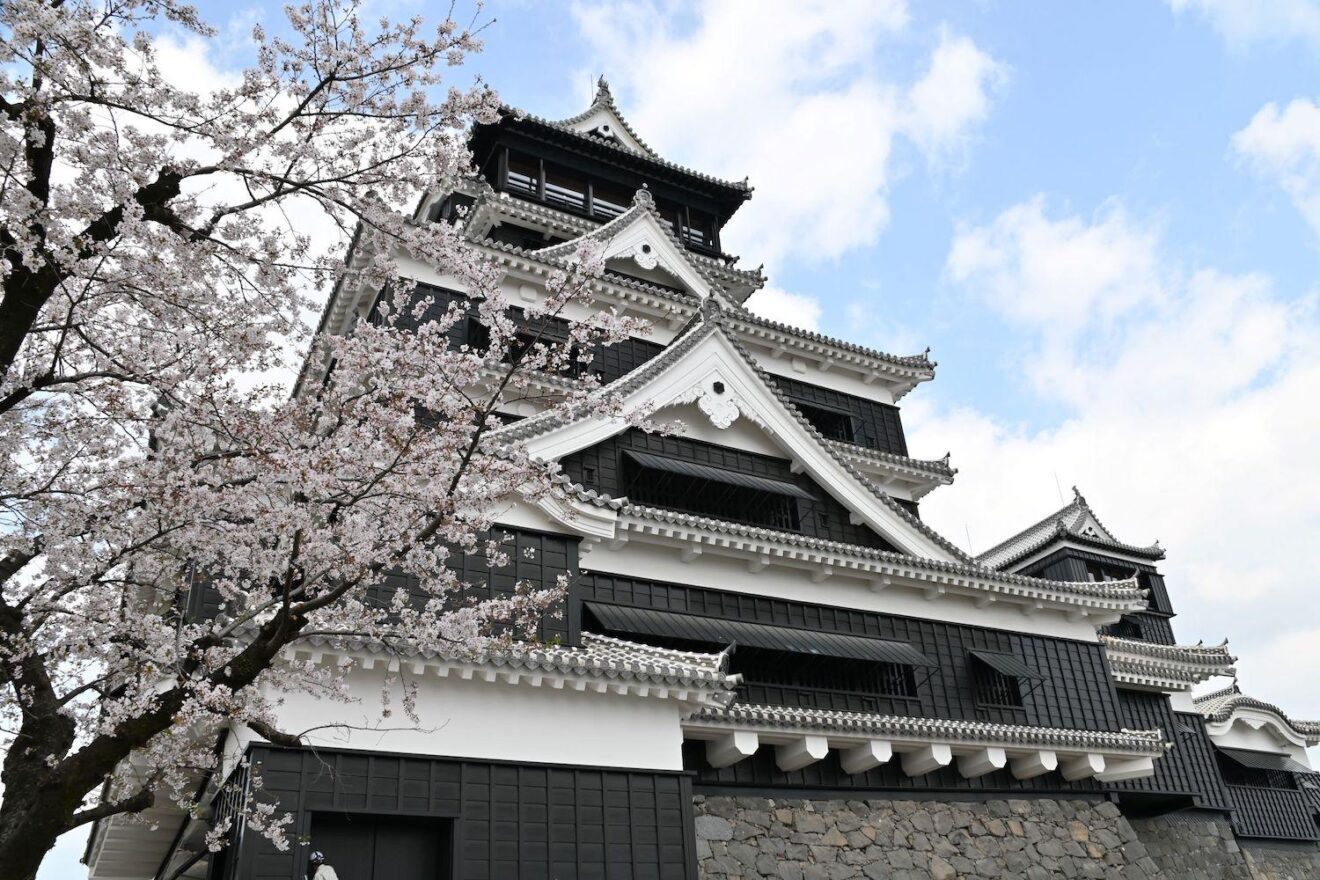
Day 5 - Aso
You'll have a great day exploring Aso today. Drive to the Aso region after breakfast and board the Aso Tourist Tram, a private railroad that provides a very scenic journey from Takamori to Nakamatsu in the caldera's southeast. On the leisurely 30-minute train ride, beautiful and stunning landscapes may be enjoyed. Enjoy Aso beef and Aso dengaku, the native cuisine, for lunch at a local eatery.

Visit Kusasenri-ga-hama, where the lovely prairie of 785,000 square meters in the crater, stretches in the northern section of Mount Eboshi that is one of the Aso Five Mountains, by taking the Aso Minami Panorama Line to the Aso mountain area. You can visit Mount Naka, the largest active volcano in Japan, if the weather permits; its peak is 1592 meters above sea level. Utilizing the Aso Higashi Panorama Line, travel to the North Aso area while taking in the stunning landscape of the Aso mountain region. Drive from the Central Aso region to Daikanbo in the northern section of the caldera, which is one of the best places in Aso for photos since it offers a stunning perspective of Mount Aso's five peaks.

Day 6 - Yufuin and Beppu
After a Ryokan Japanese-style breakfast, check out the lodging. Drive to Yufuin while admiring the breathtaking Handa Plateau beauty along the Yamanami Highway. exploring Yufuin, home to a lovely and serene Onsen Resort that blends with nature. A walk down Yunotshubo Avenue will take you past 70 businesses, gift shops, galleries, shops selling oddities, and cafes. The avenue begins near JR Yufuin Station. Lunch at a neighborhood eatery on Yunotsubo Avenue.
Visit Yufuin Floral Village to see the amusement park that mimics a street in England's Cotswolds. Kinrinko Lake, a notable sight in Yufuin, is a recommended area to explore. On a chilly day, hot steam rises from the lake's surface and hot water gushes from the lake's bottom. After Yufuin, take the 800 meter-high ropeway up Mount Tsurumi and soar 1375 meters into the air to reach the summit. From there, you can take in the breath-taking panorama of Beppu. Transfer to Beppu, one of Japan's most well-known Onsen resorts.
Beppu Hell Tour, a series of hot springs, and Umi-jigoku, a 200-meter-deep, azure blue pond of boiling water that emerged 1200 years ago following a volcano explosion, are two of the most popular attractions in Beppu. Enjoy a foot spa where people can bathe their feet; you don't need to take off all of your clothes to partake because only the feet and legs up to the knee are submerged.
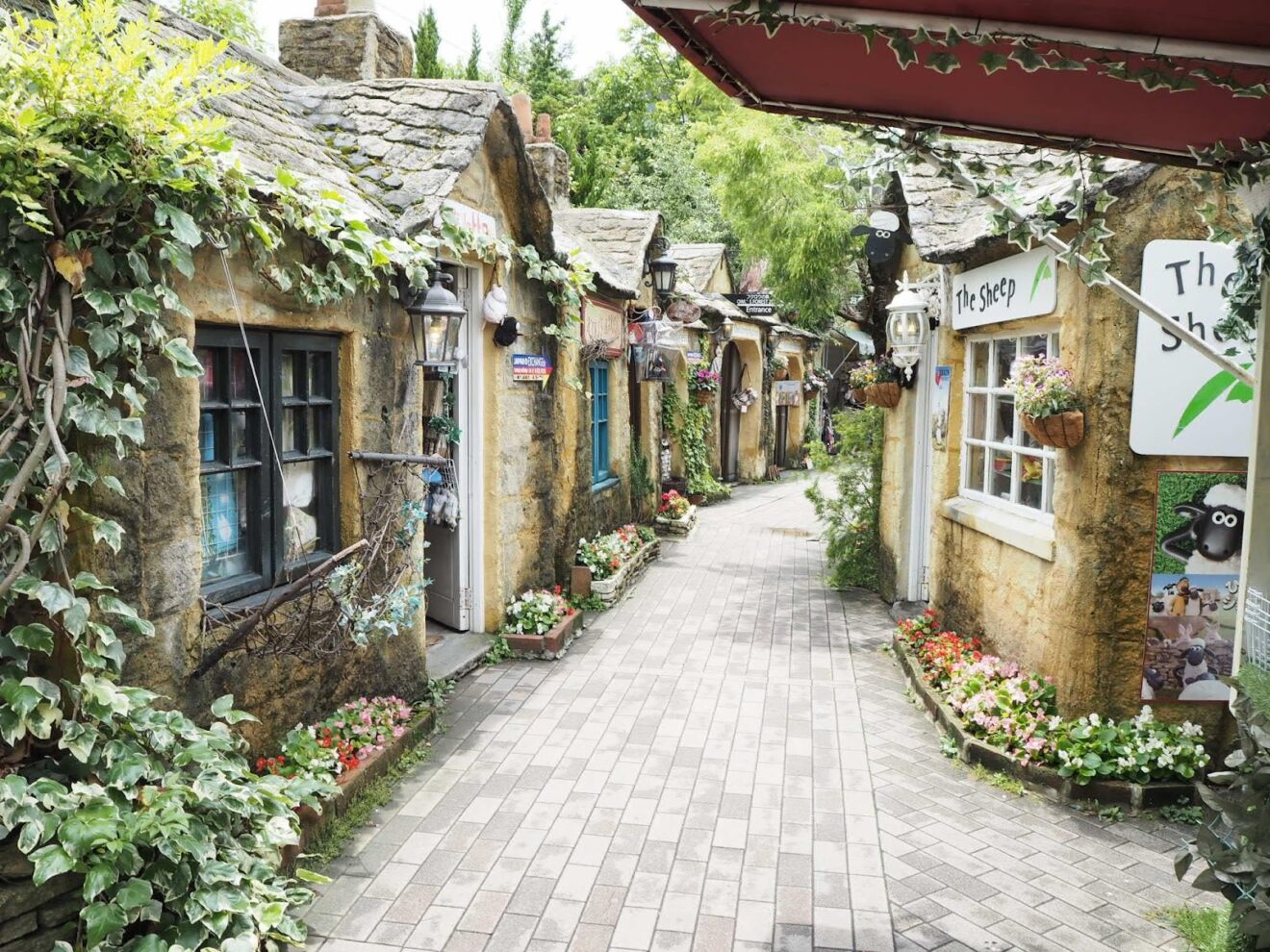
Day 7 - Kitakyushu
Check out the hotel following breakfast. Utilize the Higashi Kyushu Expressway to travel to Kitakyushu via Usa and Nakatsu. taking a tour of Kitakyushu, the second-largest city in Kyushu. Visit Kokura Castle, one of Kitakyushu's most well-known landmarks, to experience the atmosphere of a town that was a castle more than 200 years ago. Lunch at a neighborhood eatery in Kokura.
We take pride in the fact that Dr. Albert Einstein, recipient of the Nobel Prize in Physics, visited Moji in 1922 and declared that everything he could see was art. Mojiko Retro is the most entertaining tourist destination in Kitakyushu. After Mojiko Retro, travel to Higashida, where Yawata Steel Works, the forerunner of Japan's modern steel industry, was founded in 1901. Visit Higashida No. 1, the only blast furnace in the world that has been kept in its original state. The year the Blast Furnace started operating is indicated by the large signboard that reads "1901" at the top of the structure.
Use the cable car and slope car to ascend Mount Sarakura in 10 minutes just before dusk. The biggest number of lights used to produce the night vision is visible from the peak of the 622-meter-high mountain, which is located at sea level. The night view spans an area of roughly 40 kilometers to the east and 10 kilometers to the west.

Day 8 - Fukuoka
Check out the hotel following breakfast. Utilize the Kyushu Expressway to travel to Fukuoka City. The largest city in Kyushu is Fukuoka, which is also the hub of the region's politics, business, culture, fashion, and tourism. Fukuoka is home to a wide range of unique tourist sites and a wealth of tourism-related resources. Take use of your spare time to go sightseeing, shop, and eat.

Day 9 - Return to Home
Check out of the hotel following breakfast. You will be escorted to the airport by our crew. Enjoy your flight, and we'll see you again soon.

